12 GPTs for Design Concepts Powered by AI for Free of 2025
AI GPTs for Design Concepts are advanced tools that leverage Generative Pre-trained Transformers technology to offer tailored solutions in the field of design. These tools are specifically developed or adapted to handle tasks and topics related to design concepts, enabling users to generate, refine, and conceptualize designs with the help of AI. By understanding the context and requirements of design-related projects, GPTs play a crucial role in providing customized and innovative solutions, enhancing creativity, and streamlining design processes.
Top 10 GPTs for Design Concepts are: Create realistics picture,TIO Prompter,Joyko,Design Mentor,Best One Shot,Inkwell Imaginer,Brainstorm Buddy,Cake,🎨 Tommy - The Trompe-l’oeil T-Rex 🦖,Visual Muse
Create realistics picture
AI-powered tool for creating realistic images

TIO Prompter
AI-powered prompt generation for creatives.

Joyko
Unleash Creativity with AI
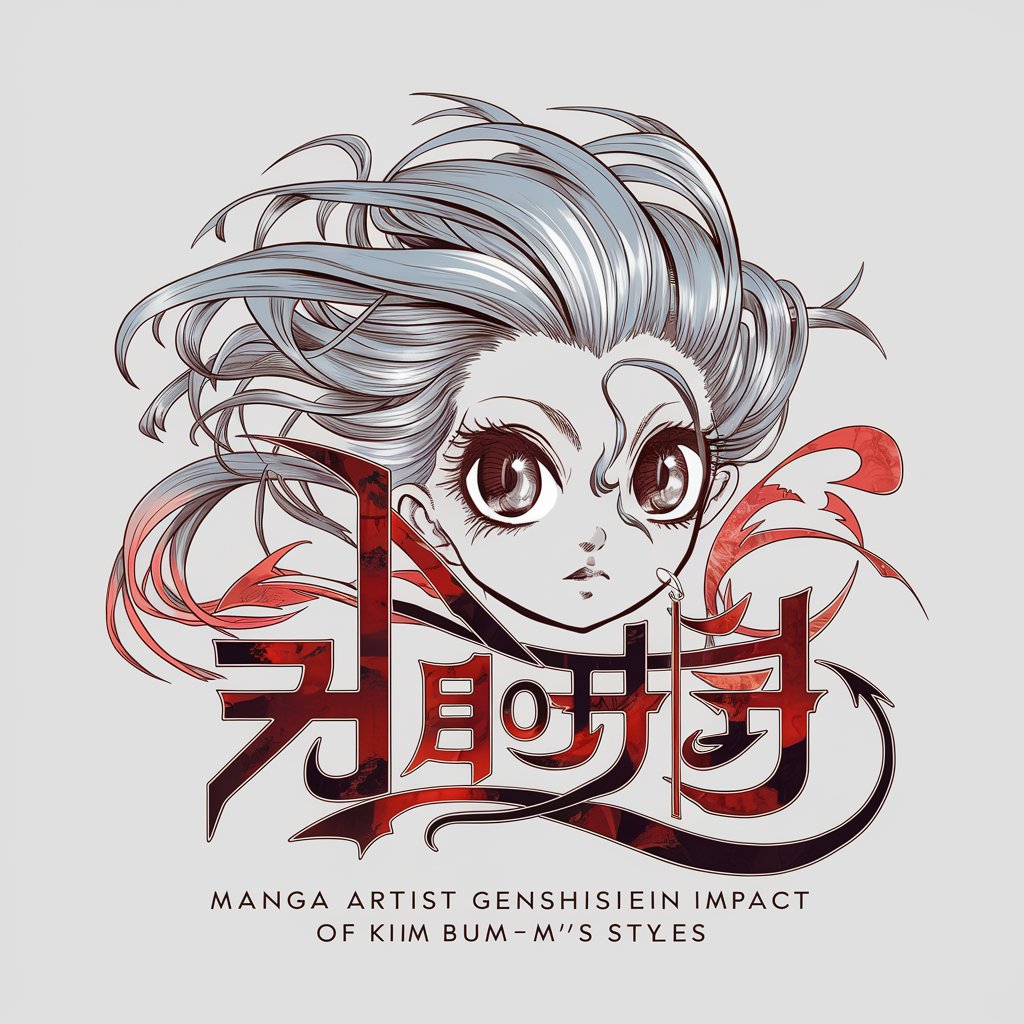
Design Mentor
Crafting Designs with AI Ingenuity
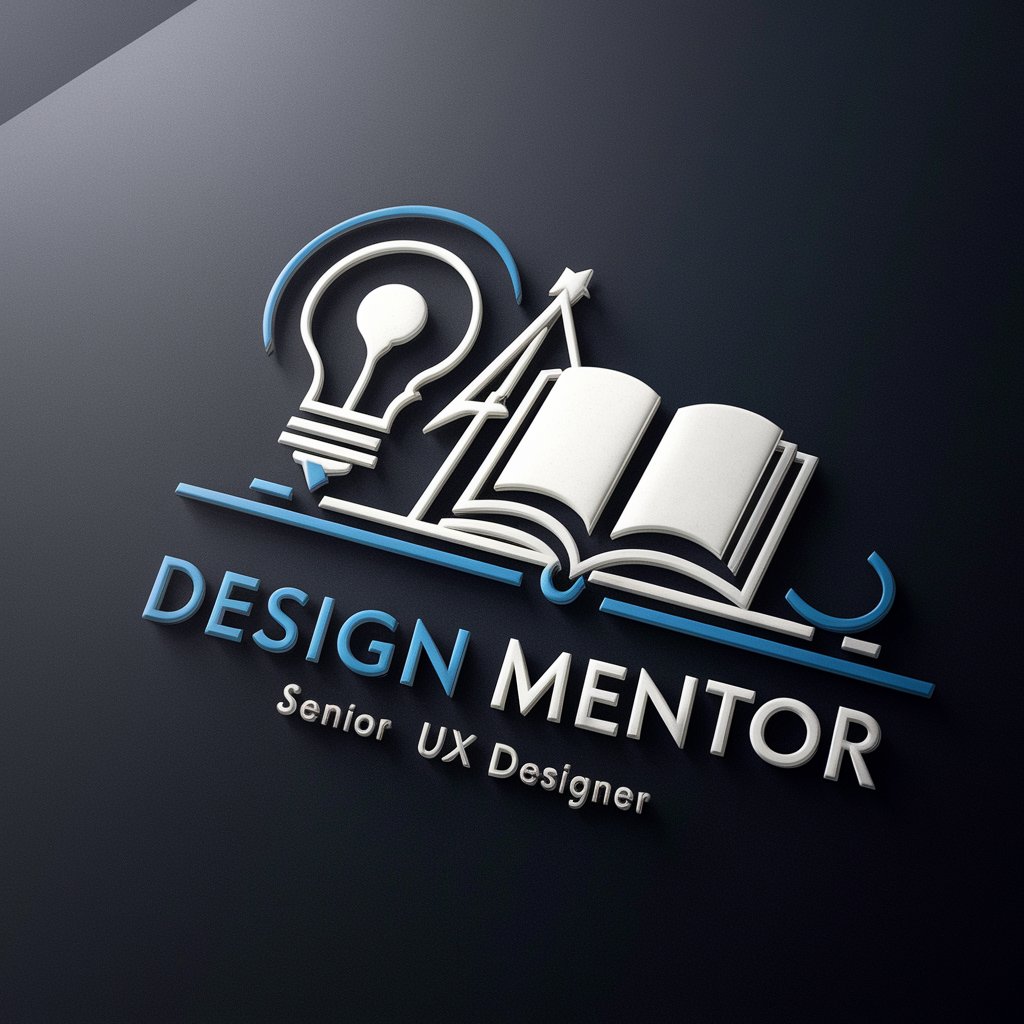
Best One Shot
Transforming Ideas into Reality with AI

Inkwell Imaginer
Monochrome magic at your fingertips
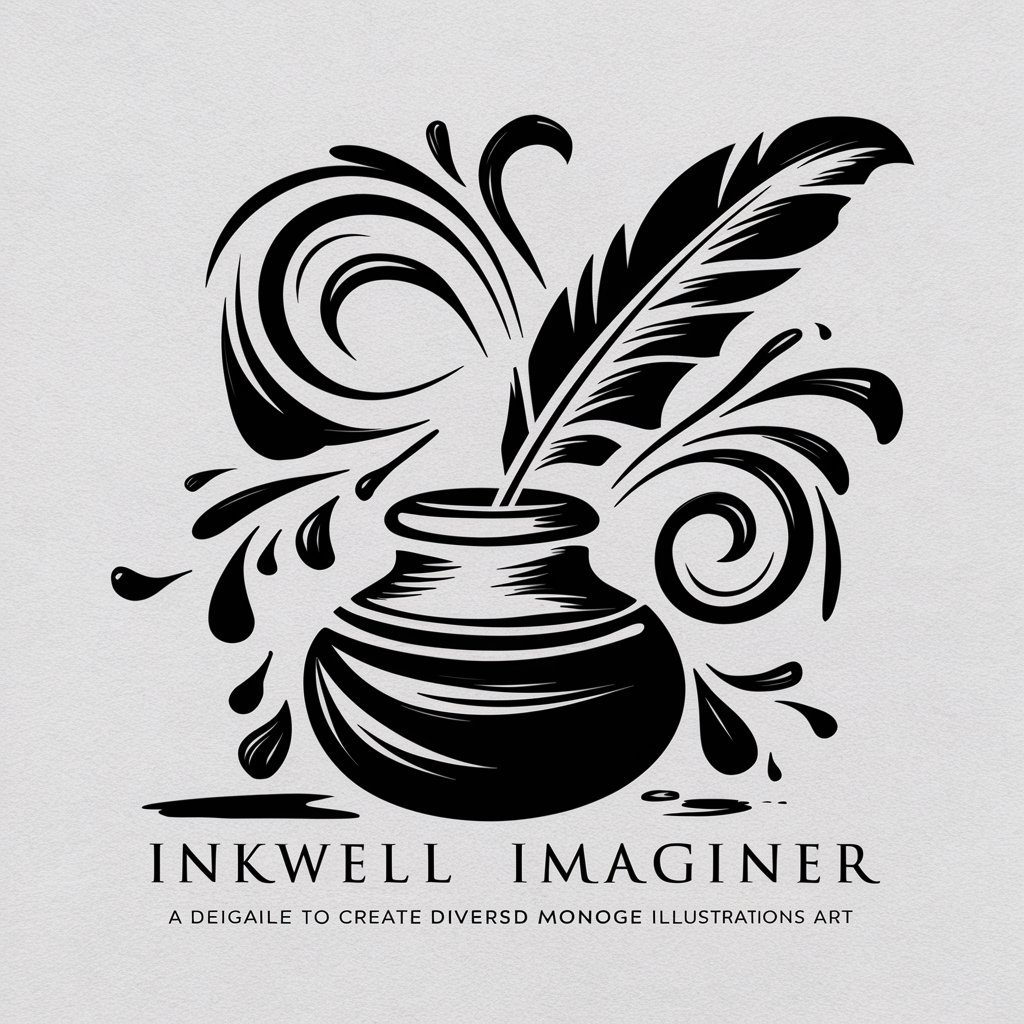
Brainstorm Buddy
Empowering Creativity with AI

Cake
Crafting Aesthetic Cakes with AI
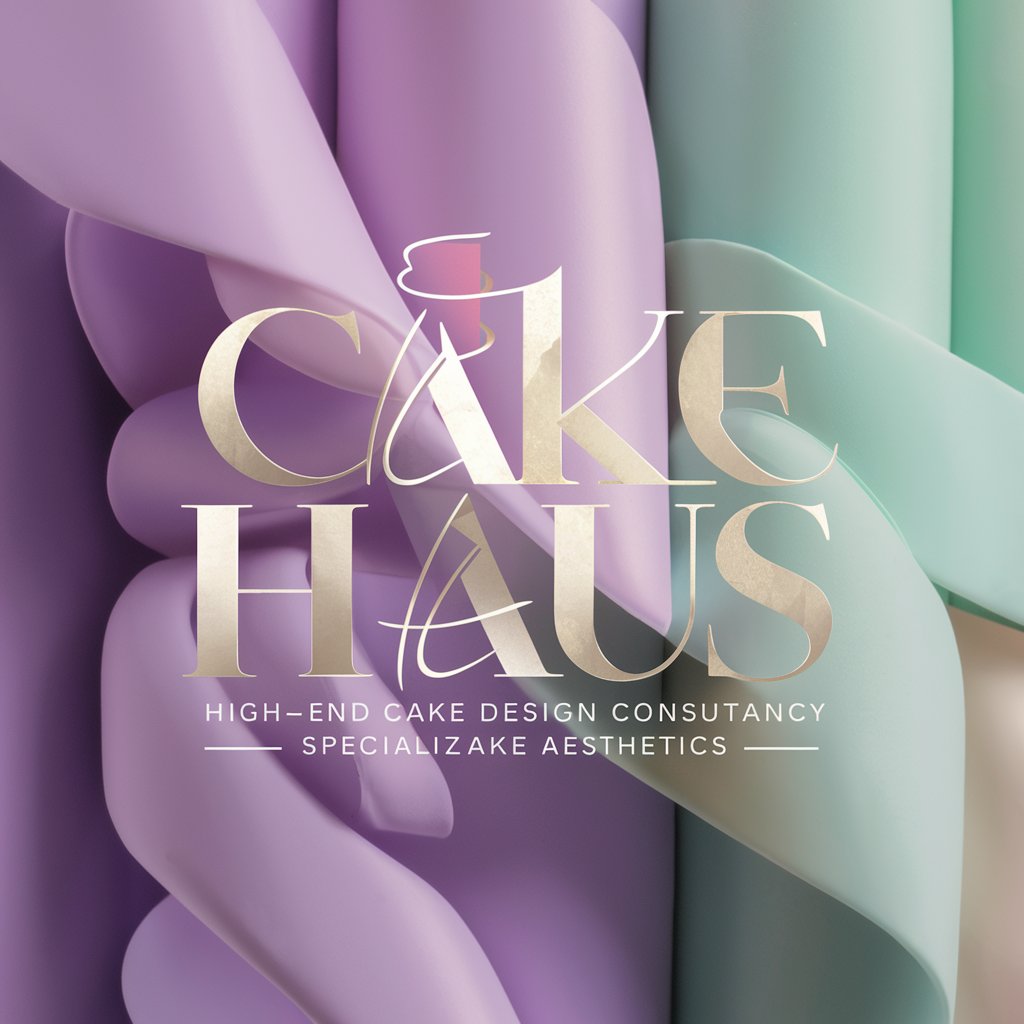
🎨 Tommy - The Trompe-l’oeil T-Rex 🦖
Ignite your art with AI-powered illusions

Visual Muse
Ignite Your Creativity with AI
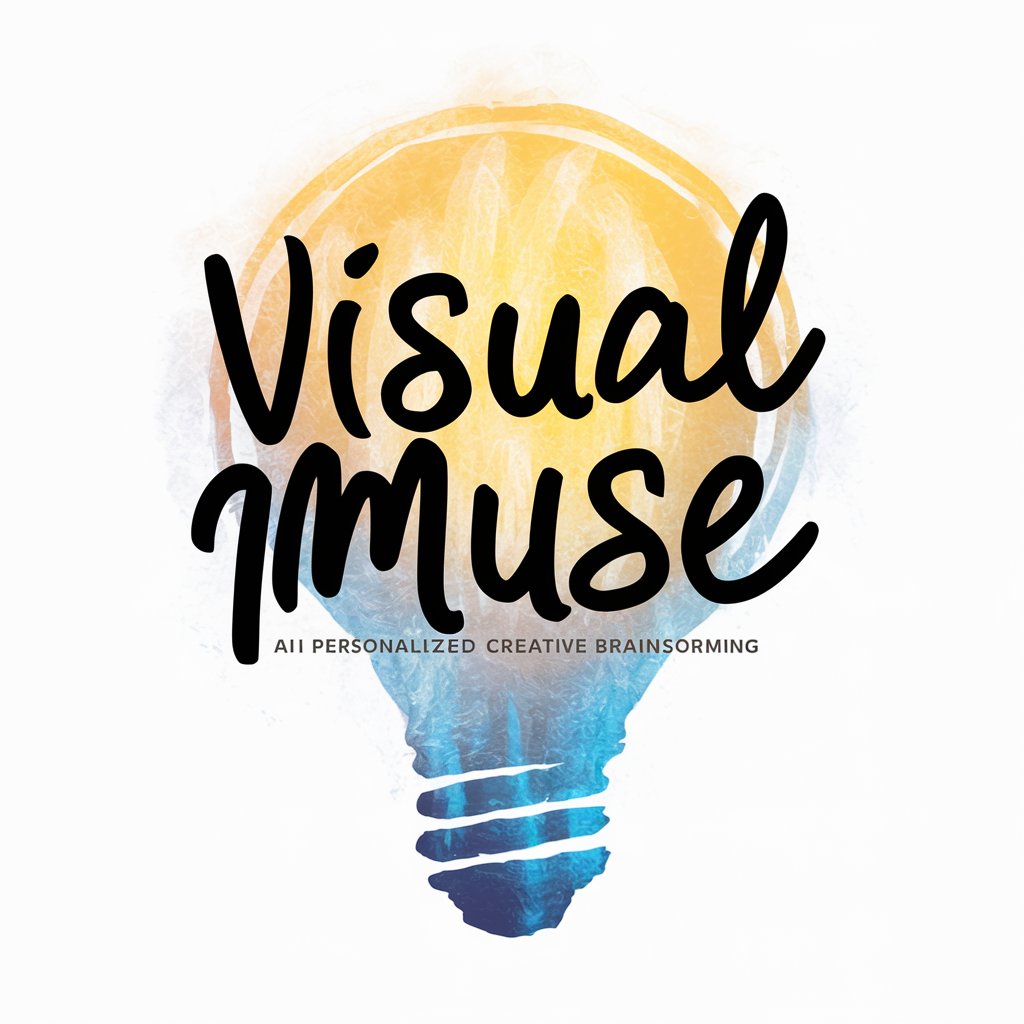
Creativity Adviser
Unleashing Creativity with AI

Style Steps
Empowering your footwear fashion journey with AI.

Key Attributes and Functions
AI GPTs for Design Concepts boast several unique features that cater specifically to the design domain. These include adaptability to both simple and complex design tasks, advanced language understanding for interpreting design briefs, technical support for design tools integration, web searching capabilities for inspiration, image creation for visual concepts, and data analysis for informed design decisions. These capabilities distinguish them as versatile and powerful tools in the realm of design, facilitating a wide range of functions from conceptualization to final design refinement.
Who Benefits from AI GPTs in Design
The target audience for AI GPTs tools in Design Concepts encompasses a broad spectrum of users, from novices seeking to explore the basics of design to developers and professional designers looking for advanced tools to aid in their projects. These tools are accessible to individuals without programming skills, offering intuitive interfaces and guidance, while also providing extensive customization options for those with technical expertise, allowing for a tailored approach to design tasks.
Try Our other AI GPTs tools for Free
Query Interpretation
Discover how AI GPTs for Query Interpretation leverage advanced technology to understand and process queries, offering tailored solutions across various sectors.
Methodology Practice
Discover how AI GPTs for Methodology Practice revolutionize research and development with intelligent, customizable solutions designed to optimize workflows and foster innovation across diverse fields.
File Merging
Discover how AI GPTs for File Merging revolutionize data consolidation with intelligent, flexible solutions. Perfect for professionals and novices alike, these tools simplify merging files of various formats effortlessly.
Humorous Quests
Explore the world of AI-driven humor with GPT tools designed for Humorous Quests. These innovative tools blend advanced language processing with witty creativity, offering a unique approach to humor generation and analysis.
AI Adventure
Discover AI GPTs for AI Adventure, your gateway to exploring and learning AI with ease. Tailored for enthusiasts and professionals alike, these tools offer an immersive, interactive learning experience.
Research Publishing
Discover how AI GPTs are revolutionizing Research Publishing, streamlining the creation, formatting, and dissemination of scholarly content with cutting-edge technology.
Further Perspectives on Customized Solutions
AI GPTs for Design Concepts are at the forefront of blending AI technology with creative processes, offering user-friendly interfaces that democratize design. These tools are not only adaptable to various design tasks but also capable of integrating seamlessly into existing systems or workflows, thereby offering comprehensive solutions across different sectors within the design domain.
Frequently Asked Questions
What exactly are AI GPTs for Design Concepts?
AI GPTs for Design Concepts are specialized AI tools designed to assist with various aspects of the design process, from ideation to execution, by leveraging generative pre-trained transformer technology.
How do AI GPTs enhance the design process?
They enhance the design process by offering tailored solutions, generating innovative ideas, providing design insights, and facilitating the refinement of concepts through advanced AI capabilities.
Can non-technical users leverage these tools effectively?
Yes, these tools are designed to be user-friendly and accessible to non-technical users, providing intuitive interfaces and guidance to help them navigate the design process.
Are there customization options for advanced users?
Yes, advanced users can access extensive customization options, allowing them to tailor the tools to specific project needs and integrate them into existing workflows.
What makes AI GPTs for Design Concepts unique?
Their ability to adapt to both simple and complex design tasks, understand design briefs, and integrate with design tools while providing innovative visual and conceptual solutions sets them apart.
How do these tools integrate with existing design workflows?
These tools can easily integrate with existing design workflows through APIs and customizable features, enhancing productivity without disrupting established processes.
Can AI GPTs generate visual design concepts?
Yes, AI GPTs can generate visual design concepts, offering image creation capabilities that help users visualize and refine their ideas.
What future developments can we expect in AI GPTs for Design Concepts?
Future developments may include more sophisticated AI models capable of understanding deeper nuances of design, enhanced integration capabilities, and more intuitive user interfaces for an even broader audience.